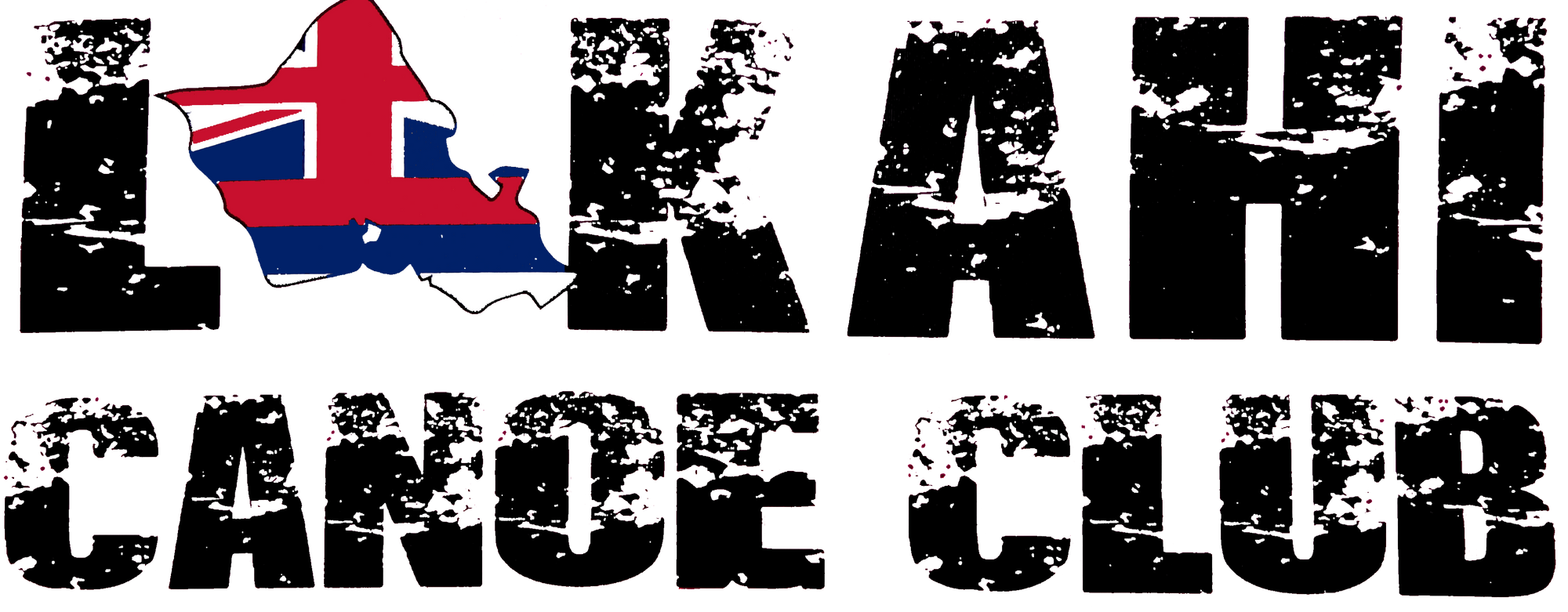Mastering the Angles: Adjusting Course and Technique for Efficient Paddling

Understanding the angle of the waves is key to efficient and safe outrigger canoe paddling. Here's how to adjust your course and paddling technique based on wave direction.
Head-on Waves
- Course: Maintain a course directly into the waves. This might seem counterintuitive, but it's the most efficient way to avoid getting broadsided and losing control.
- Technique: Use a strong, steady stroke, focusing on maintaining momentum and keeping the canoe perpendicular to the wave. Engage your core and legs to provide additional power and stability.
Following Waves
- Course: If the waves are small and manageable, you can ride directly in their wake, taking advantage of the push they provide. However, be cautious of larger following waves that could potentially overtake and swamp the canoe.
- Technique: Focus on steering and maintaining balance. Use shorter, quicker strokes to adjust your speed and avoid getting caught by the wave. Be prepared to brace if necessary.
Angled Waves (from the side)
- Course: Slightly adjust your course to take the wave at a more favorable angle, ideally around 45 degrees. This reduces the risk of capsizing and allows you to utilize the wave's energy to your advantage.
- Technique: Paddle on the side facing the wave to lift the ama (outrigger float) and prevent it from getting submerged. Lean into the wave and use your paddle to maintain balance and control.
Quartering Waves (from the front and side)
- Course: Adjust your course to take the wave at an angle that balances stability and efficiency. Aim for an angle between head-on and a 45-degree approach.
- Technique: Combine techniques for head-on and angled waves. Maintain a strong stroke on the side facing the wave to keep the ama lifted while using your body weight to maintain balance.
Additional Tips
- Read the Water: Observe the wave patterns and adjust your course accordingly. Anticipate changes in wave direction and be prepared to react quickly.
- Communicate with Your Crew: In multi-person canoes, clear communication is essential for coordinating course adjustments and paddling techniques.
- Practice Makes Perfect: Mastering the art of adjusting your course and technique based on wave angle takes practice. Start in calm conditions and gradually progress to more challenging situations as your skills improve.
Remember, every wave is different, and the best approach depends on the specific conditions you encounter. By understanding the dynamics of wave angles and practicing your paddling techniques, you can navigate the ocean efficiently and safely, enjoying the thrill of outrigger canoe paddling to the fullest.
